ABOUT NISEKO

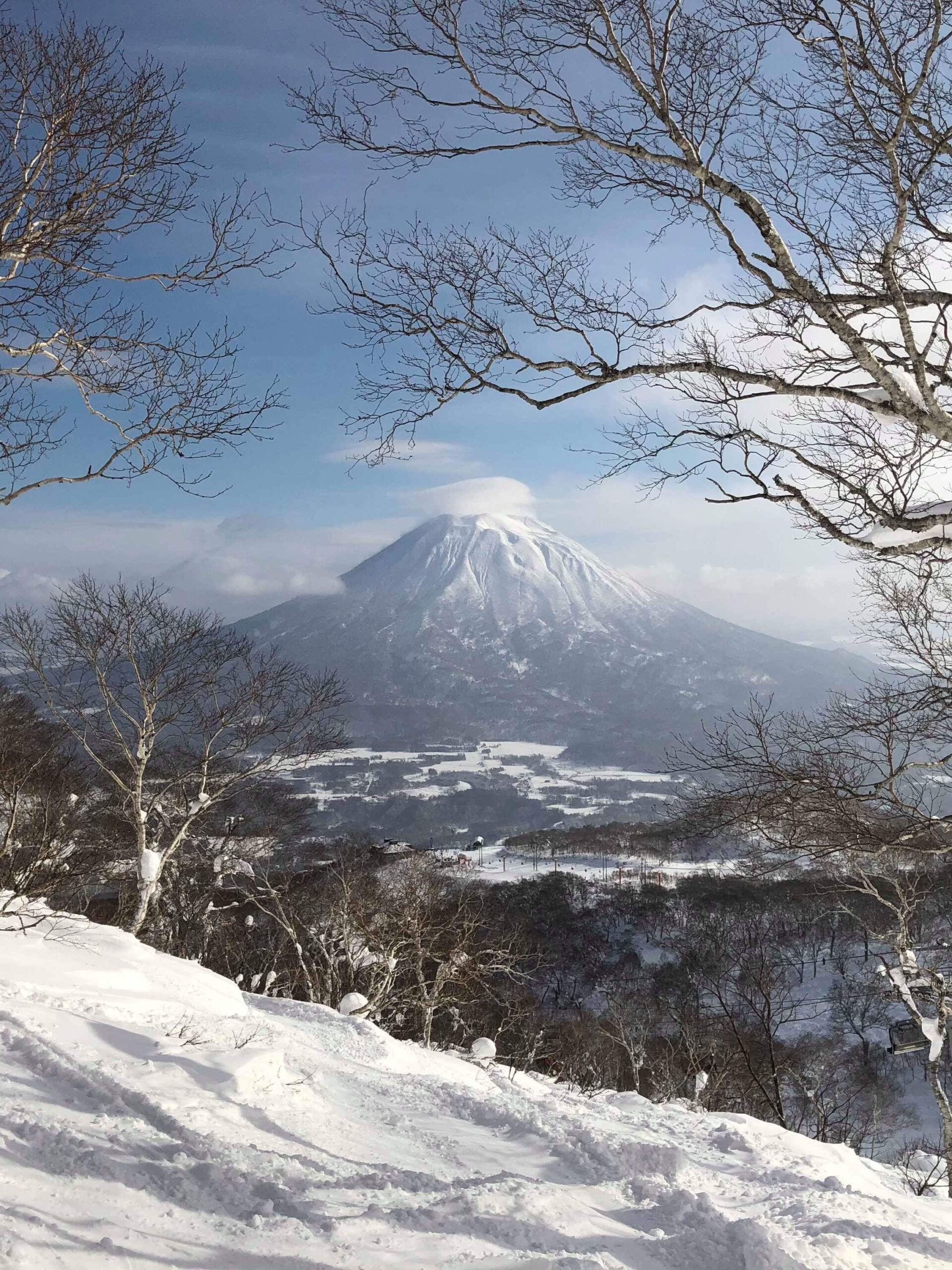


ABOUT NISEKO
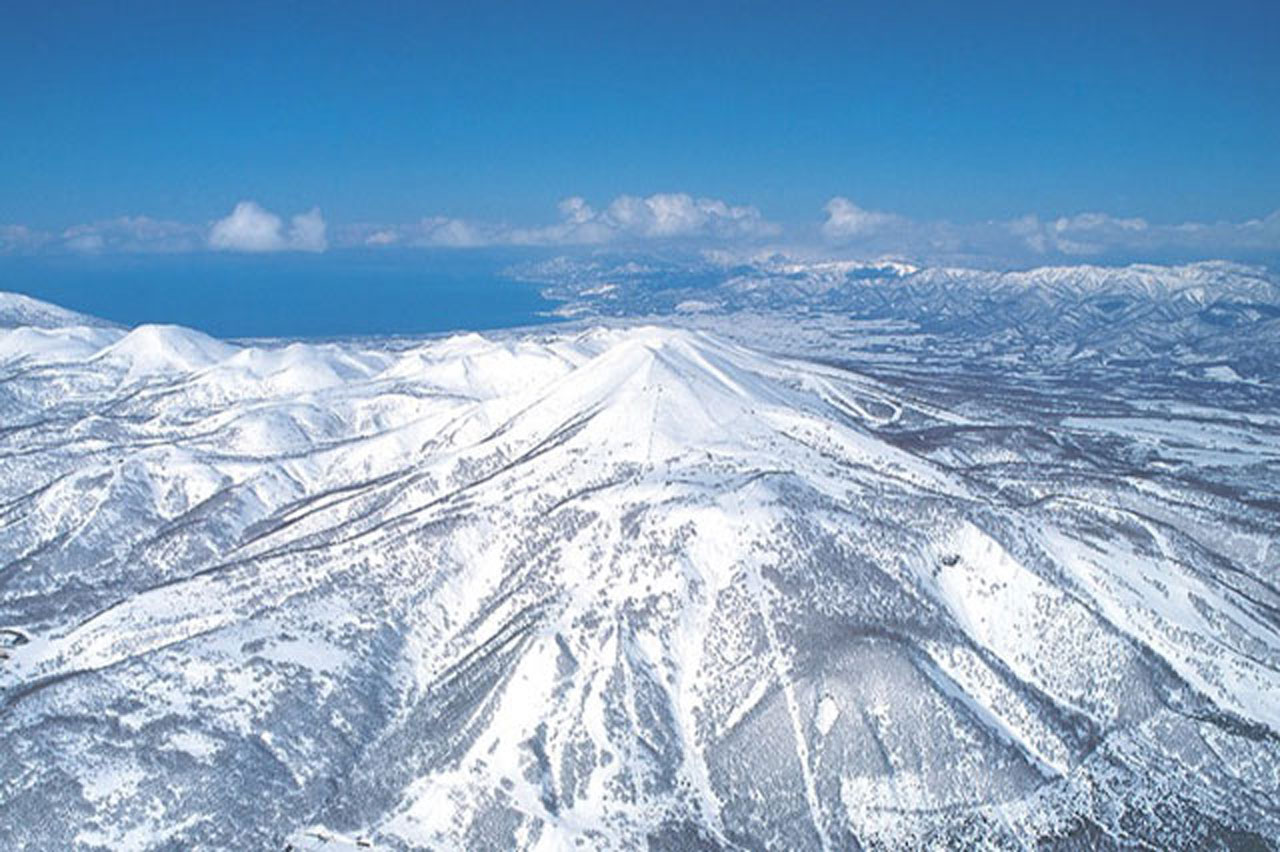
NISEKO MOUNTAIN RANGE
Niseko is blessed with mountain ranges including Mount Yotei, also called Ezo Fuji or the Mount Fuji of Hokkaido, that rises majestically across the Shiribetsu River and Mount Niseko Annupuri on the eastern side. In 1963, Niseko was designated as a protected area within the Niseko-Shakotan-Otaru Kaigan Quasi-National Park and is characterised by ancient caldera lakes, clean rivers and undulating farm fields. Lying close to the Sea of Japan and Uchiura Bay, Niseko enjoys a cornucopia of fresh seafood and is just a short trip away to coastal seaports.
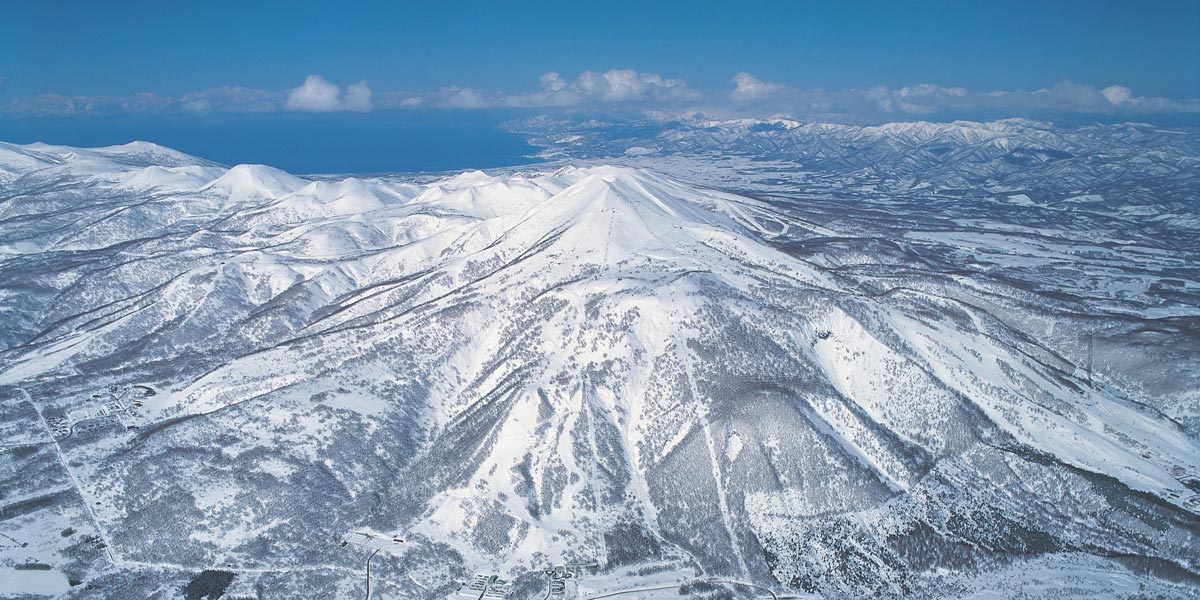
NISEKO MOUNTAIN RANGE
Niseko is blessed with mountain ranges including Mount Yotei, also called Ezo Fuji or the Mount Fuji of Hokkaido, that rises majestically across the Shiribetsu River and Mount Niseko Annupuri on the eastern side. In 1963, Niseko was designated as a protected area within the Niseko-Shakotan- Otaru Kaigan Quasi-National Park and is characterised by ancient caldera lakes, clean rivers and undulating farm fields. Lying close to the Sea of Japan and Uchiura Bay, Niseko enjoys a cornucopia of fresh seafood and is just a short trip away to coastal seaports.
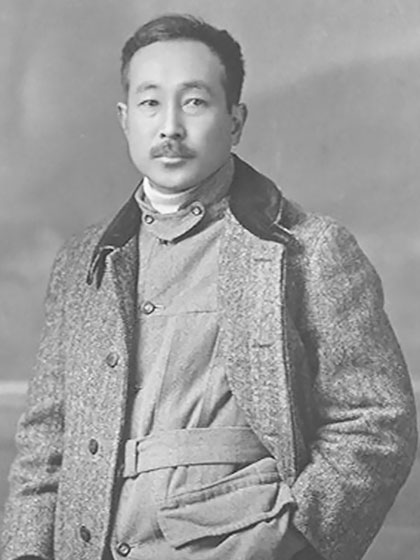
AGRICULTURE ROOTS
In 1897, Takeshi Arishima first received a government land loan but soon returned it due to hardships until 1908 when it was given again. Succeeding this time, he transferred ownership to his son, Takeo Arishima, and named it Arishima Farm. Takeo Arishima strongly believed that natural resources should not be privatised but shared by people who work the land to create stronger ties. In 1922, Arishima made history when he renounced ownership, offering each tenant 450 hectares for free, shaping Niseko's agriculture future where until today, local farmers remain as passionate about their crops.
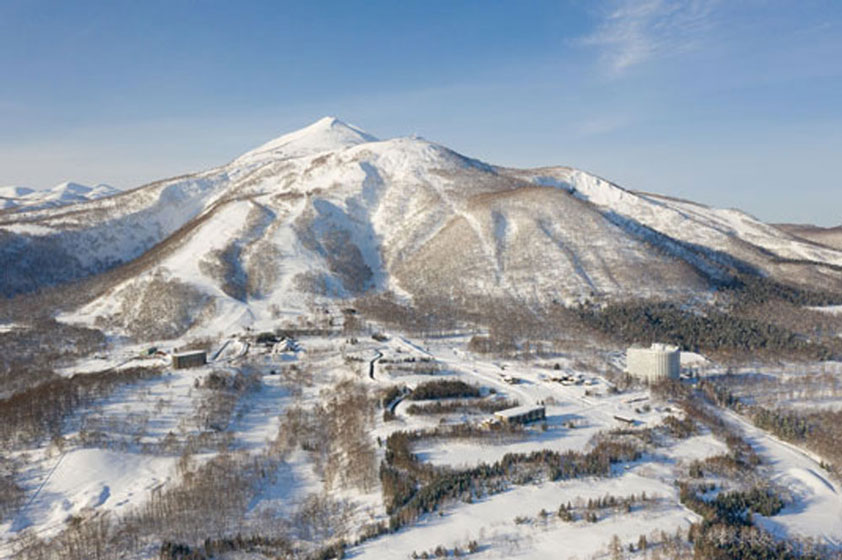
THE NISEKO STORY
In 1894, the indigenous Ainu-Kaributo tribe people knew Niseko as Kaributo before first settlers arrived in the 19th century. Hardships endured by the settlers living in triangular wood and foliage shacks included rice as a luxury enjoyed twice a year due to scarcity. Daily locally grown staples were potatoes, sweet corn, millet, mountain vegetables and yamame, a trout-like river fish, until a railway connected the once remote town. On 1 October 1964, Kaributo was renamed Niseko, originating from the Ainu word 'Nisekoan' to mean ‘a sheer cliff jutting over a riverbank deep in the mountains'.
EZO ARTISTIC ODYSSEY
Situated amidst the Niseko Village landscape are masterpieces by the illustrious Frank Woo. Beyond mere statues, these sculptures unravel tales that resonate with Hokkaido’s vast folklore and nature. Originally from Hong Kong, Woo, an autodidact, seamlessly fuses Chinese motifs with modern nuances.
Now based in Malaysia, after studying illustration in Tokyo, his art—both paintings and sculptures—reflects a harmonious blend of his diverse influences. His works, accentuated by unique drips and brushstrokes, not only enrich Niseko’s cultural narrative but also guide visitors through its picturesque terrain, echoing Hokkaido’s spirit.
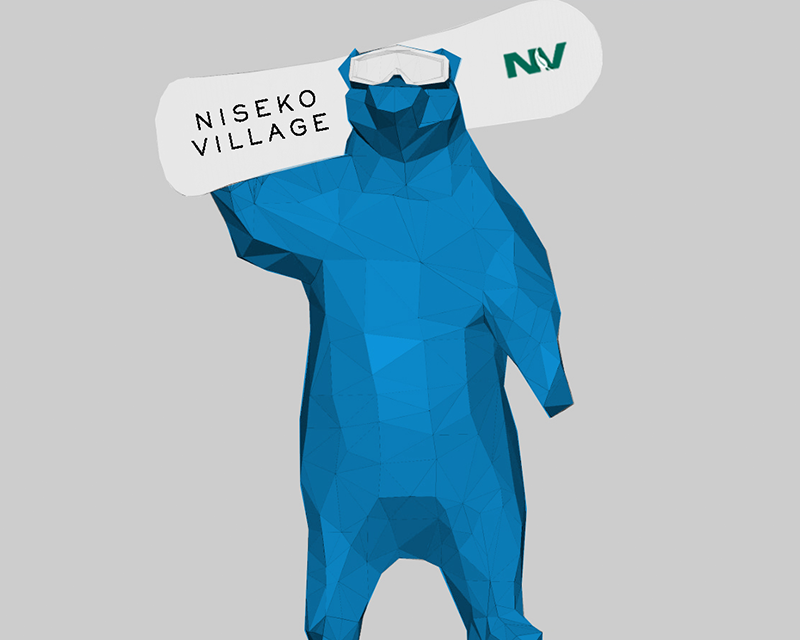
HOKKAIDO BROWN BEAR
EZO HIGUMA
This formidable bear, representing raw might, stands as a beacon along Niseko-yo's trails.
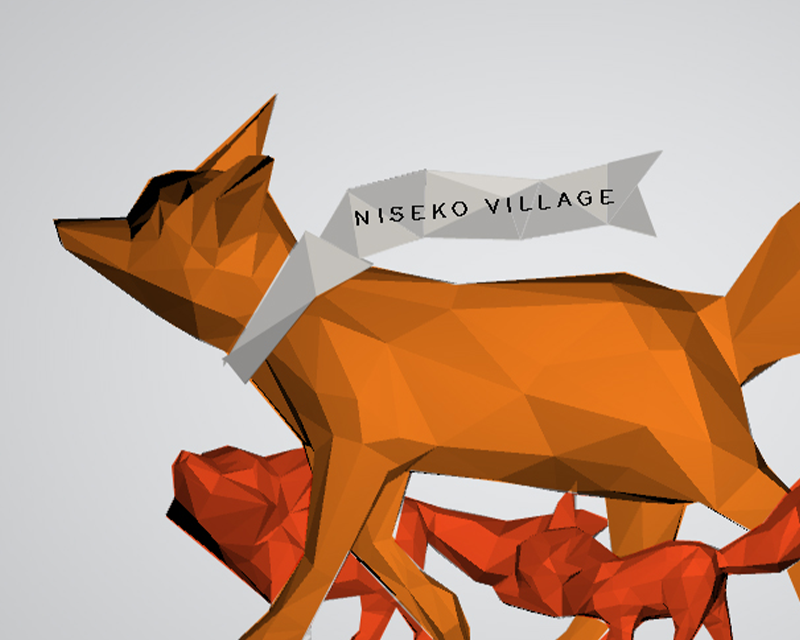
HOKKAIDO RED FOX
EZO KITAKITSUNE
Symbolising the region's vivacity, this fox invites viewers into a realm of myth and magic.
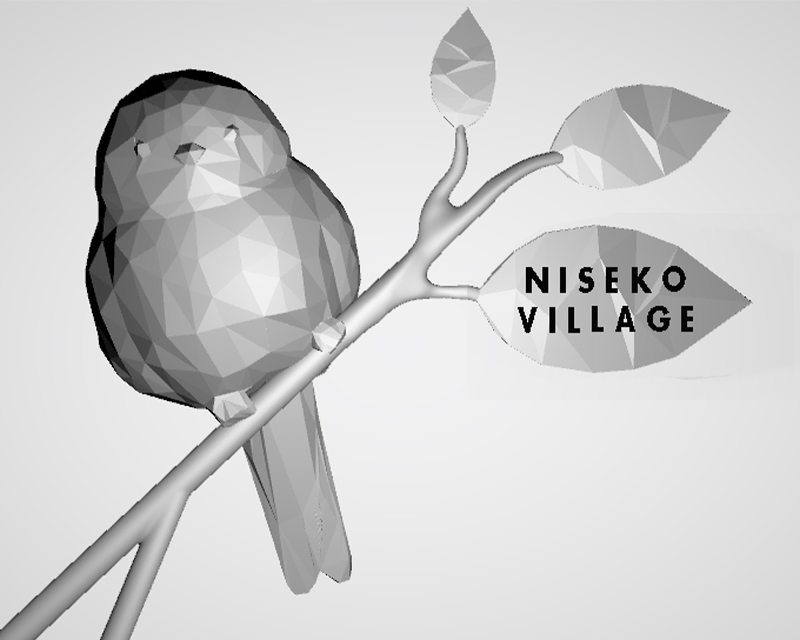
HOKKAIDO LONG-TAILED TIT
EZO SHIMAENAGA
The 'snow fairy' bird, encapsulates Hokkaido's magical lore and natural legacy
THE NIGHTLY KALEIDOSCOPE
As the sun sets, Niseko-yo’s pathways illuminate in a vibrant dance of light and colour. These advanced projections blend tradition and modernity, turning routes into immersive art-nature spectacles.
Each turn reveals Niseko-yo’s depth, making it more than a mere passage—it’s a sensory journey, intertwining shadows, culture, and art. It beckons visitors to delve deep, connect, and become part of its narrative.
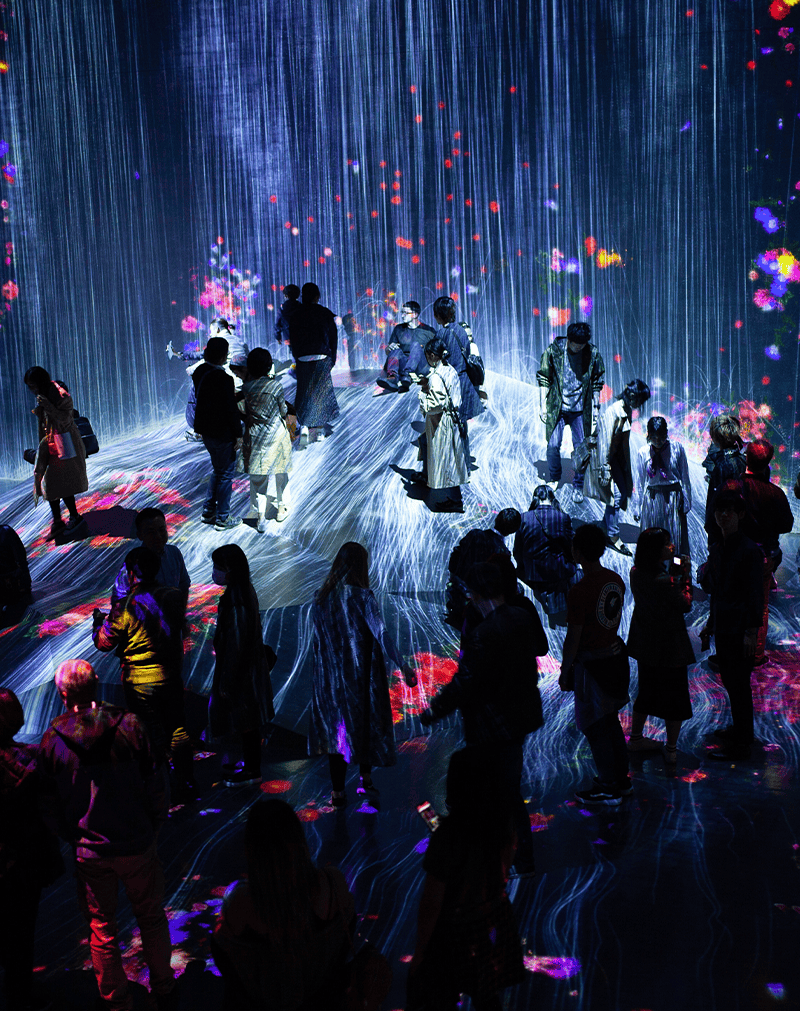
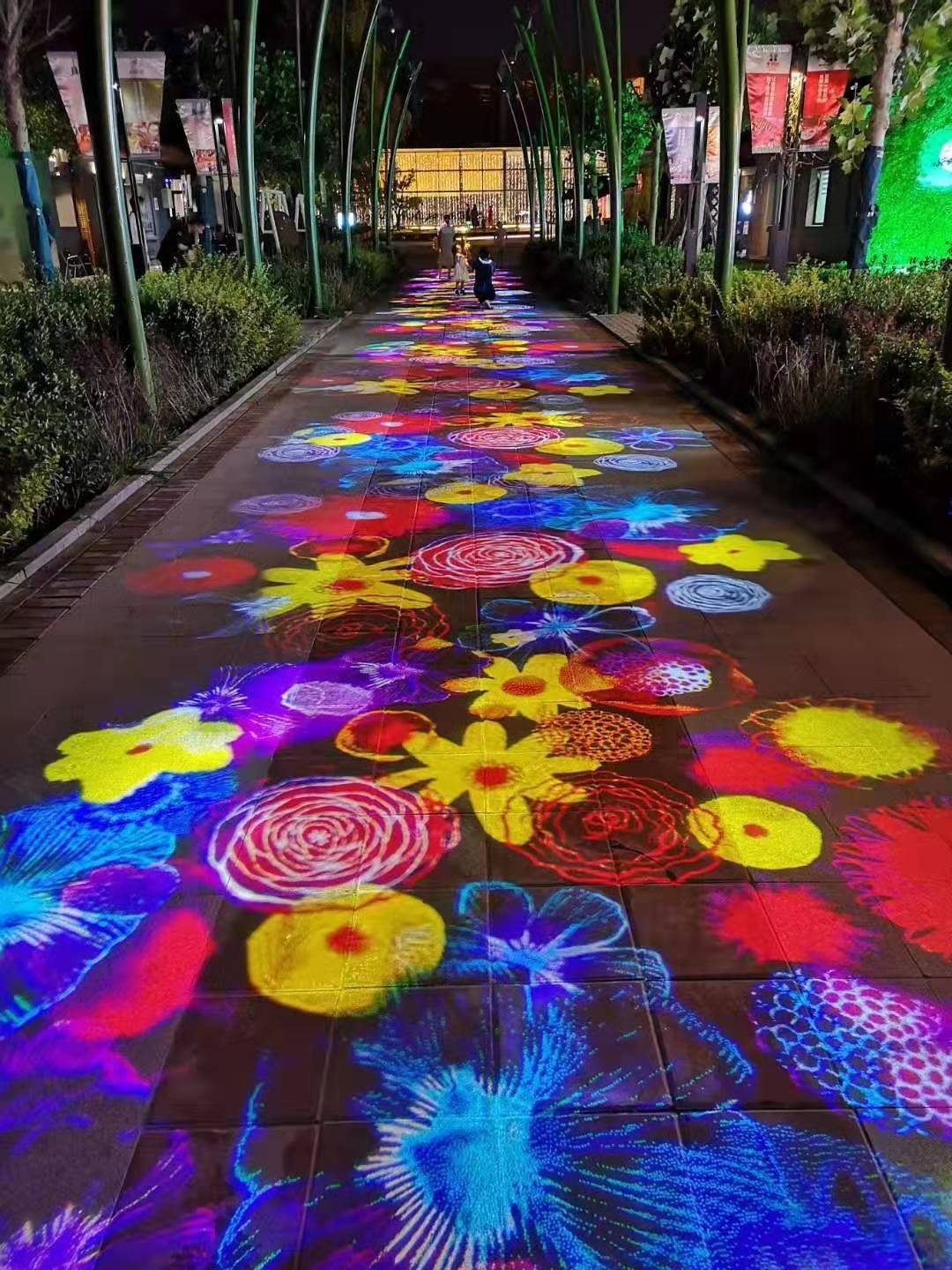


THE NIGHTLY KALEIDOSCOPE
As the sun sets, Niseko-yo’s pathways illuminate in a vibrant dance of light and colour. These advanced projections blend tradition and modernity, turning routes into immersive art-nature spectacles.
Each turn reveals Niseko-yo’s depth, making it more than a mere passage—it’s a sensory journey, intertwining shadows, culture, and art. It beckons visitors to delve deep, connect, and become part of its narrative.
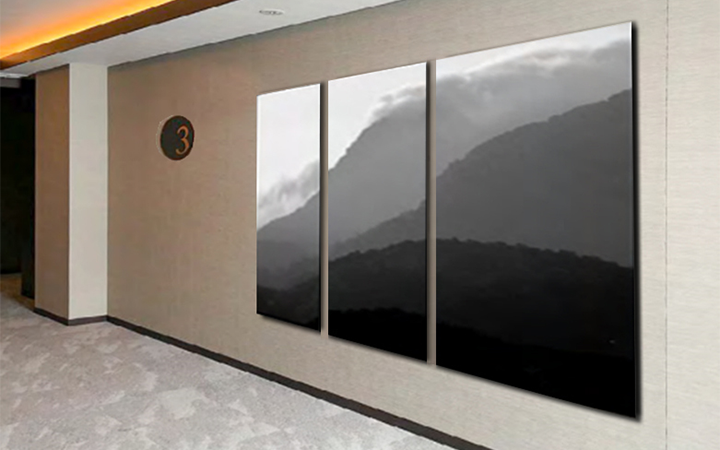
EXPLORATION OF SELF- DISCOVERY
Higashiyama Niseko Village, a Ritz-Carlton Reserve, showcases Hokkaido’s beauty through Frank Woo’s artworks. Greeted by an outdoor sculpture of snow flurries, the theme extends to the lift lobby’s sunlight-snow interplay. The main lobby displays a 2.4-metre skier artwork against Mount Yotei, while Woo’s LED lamps in the lounge exude mystique. Throughout, his pieces highlight nature’s allure, with expansive vistas at every turn. A radiant snow cloud installation graces the staircase, reflecting the sun and moon’s brilliance.
THE ART OF EMI SHIRATORI
At The Green Leaf Niseko Village, the vivid artistry of Emi Shiratori comes alive, illuminating her deep-rooted passion that began in childhood and was later refined at the Hokkaido School of Fine Arts. As visitors wander through the corridors, they’re greeted by Shiratori’s captivating pieces, which beautifully echo Hokkaido’s mesmerising landscapes. Her artworks not only showcase the region’s wildlife in intricate detail but are also infused with motifs that celebrate the lush, natural surroundings of Niseko. For travellers venturing through, her art transcends mere decoration; it weaves enchanting tales that elevate the essence of the journey, leaving an indelible mark on their memories of Niseko Village.
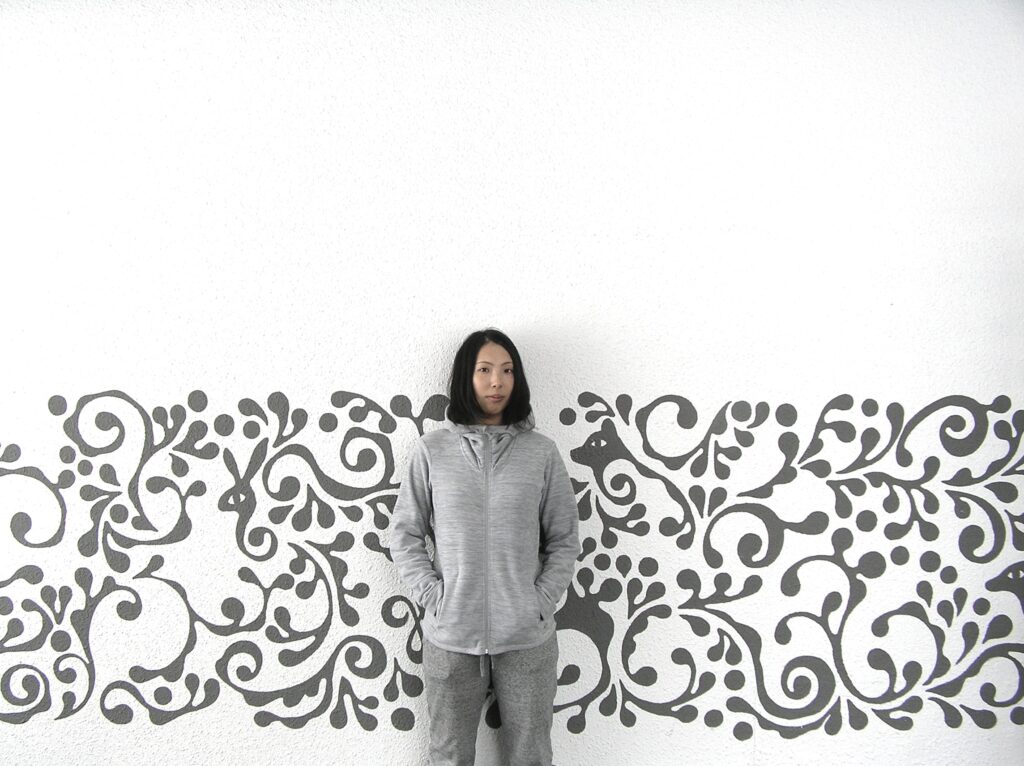
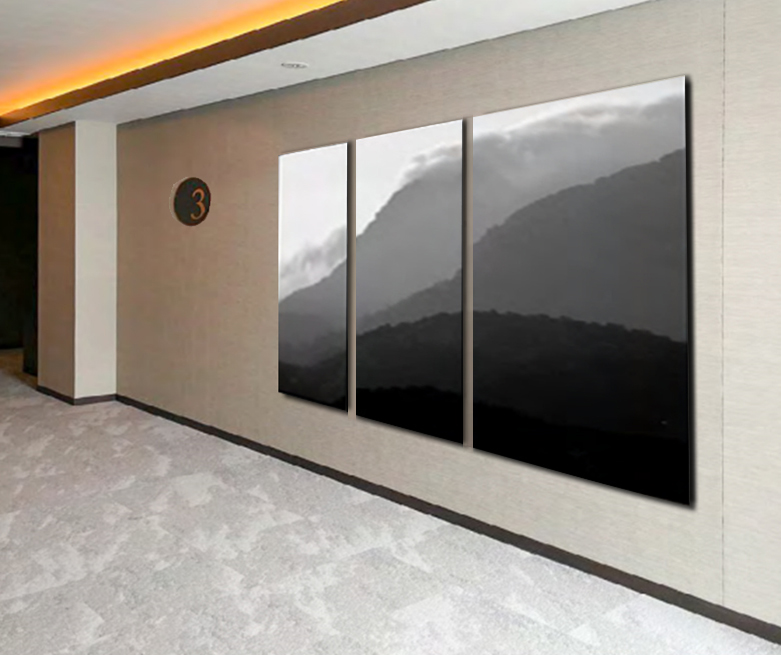
EXPLORATION OF SELF- DISCOVERY
Higashiyama Niseko Village, a Ritz-Carlton Reserve, showcases Hokkaido’s beauty through Frank Woo's artworks. Greeted by an outdoor sculpture of snow flurries, the theme extends to the lift lobby's sunlight-snow interplay. The main lobby displays a 2.4-metre skier artwork against Mount Yotei, while Woo’s LED lamps in the lounge exude mystique. Throughout, his pieces highlight nature's allure, with expansive vistas at every turn. A radiant snow cloud installation graces the staircase, reflecting the sun and moon's brilliance.
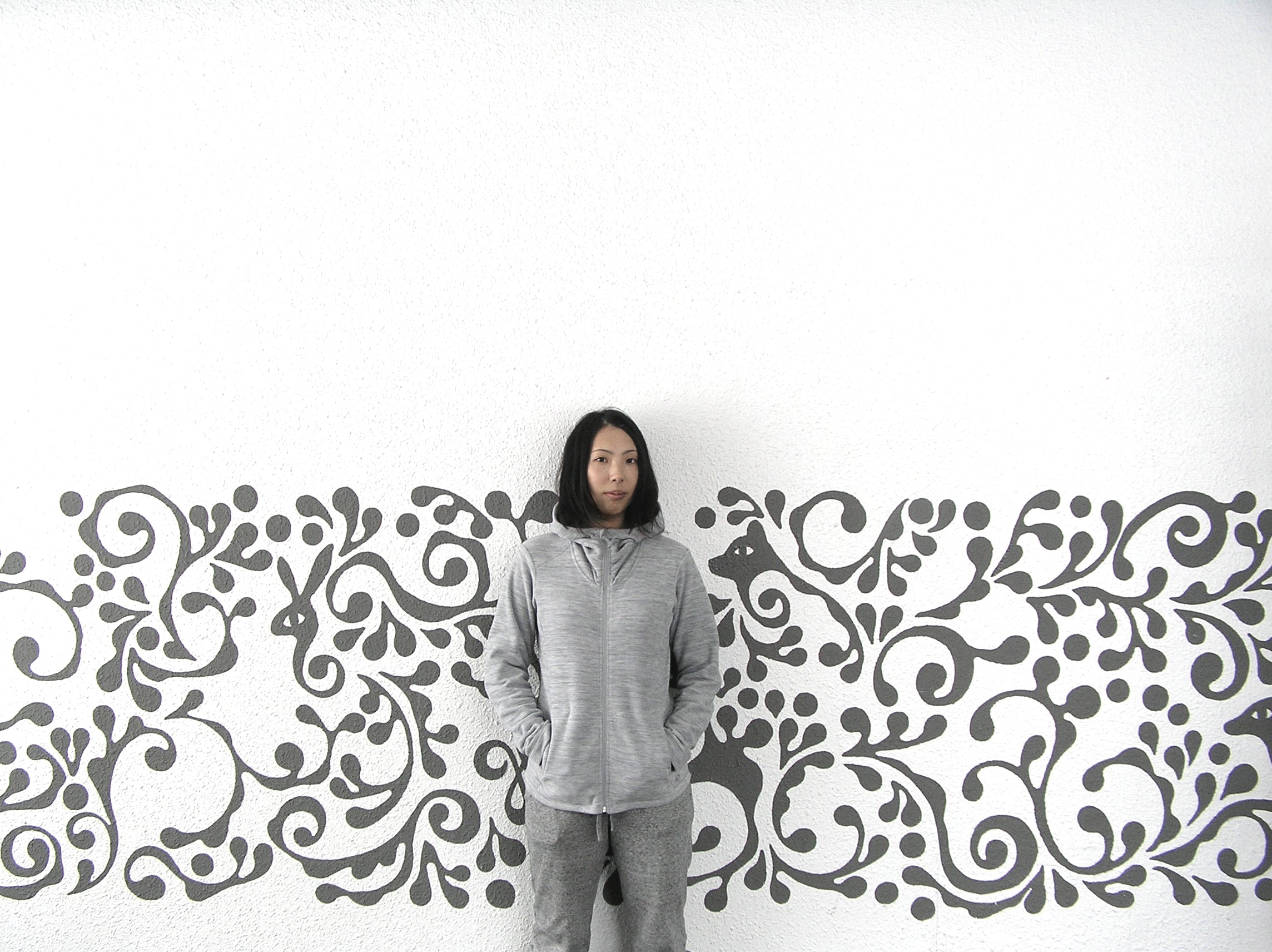
THE ART OF EMI SHIRATORI
At The Green Leaf Niseko Village, the vivid artistry of Emi Shiratori comes alive, illuminating her deep-rooted passion that began in childhood and was later refined at the Hokkaido School of Fine Arts. As visitors wander through the corridors, they're greeted by Shiratori's captivating pieces, which beautifully echo Hokkaido's mesmerising landscapes. Her artworks not only showcase the region's wildlife in intricate detail but are also infused with motifs that celebrate the lush, natural surroundings of Niseko. For travellers venturing through, her art transcends mere decoration; it weaves enchanting tales that elevate the essence of the journey, leaving an indelible mark on their memories of Niseko Village.


















